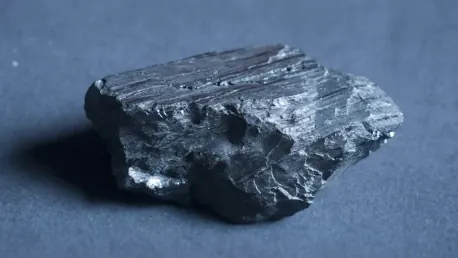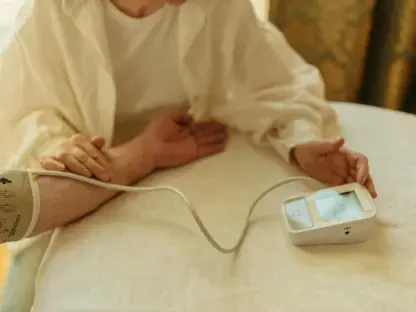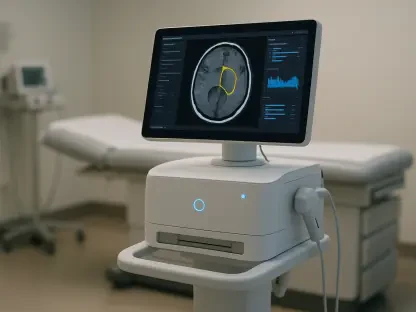In a groundbreaking development in medical imaging, Bayer has introduced a new gadolinium-based contrast agent (GBCA) known as gadoquatrane, which has demonstrated the capability to use 60% less gadolinium compared to traditional agents while maintaining high imaging quality. This innovation is particularly significant in the context of the phase 3 QUANTI trial findings, where gadoquatrane, administered at a gadolinium dose of 0.04 mmol Gd/kg, was found to be just as effective as gadobutrol (Gadavist) administered at a dose of 0.1 mmol/kg. This reduced dose does not compromise the effectiveness of the imaging process, paving the way for safer and more efficient MRI practices.
Gadoquatrane has shown promising results across various clinical indications, which include imaging of the central nervous system, multiple body regions, and pediatric patients. Meeting both primary and secondary endpoints at the lower dose, this new high relaxivity agent, gadoquatrane, offers the potential to alleviate concerns regarding the adverse effects associated with repetitive gadolinium exposure. This is particularly crucial for patients who require multiple contrast-enhanced MRI examinations, such as those with chronic health issues or those belonging to vulnerable populations.
One of the notable advocates of this new agent, Principal Investigator Professor Julian A. Luetkens, emphasized the importance of reducing the gadolinium dose while maintaining diagnostic efficacy. Luetkens pointed out that gadoquatrane’s efficacy at a reduced dose is particularly vital for patients undergoing frequent MRI scans. This is especially pertinent for pediatric patients, who are more susceptible to the cumulative effects of gadolinium exposure. Bayer’s commitment to radiological innovation is underscored by the positive outcomes from the trial, and the company has expressed its intention to share these promising data with the scientific community.
In addition to these findings, the application of gadoquatrane in low-field MRI settings was highlighted during a presentation at RSNA 2024. Low-field MRI environments are gaining popularity due to their ability to improve patient accessibility. The presentation underscored that gadoquatrane maintains its efficacy even in these settings, making it a versatile and valuable tool in modern medical imaging. In summary, gadoquatrane emerges as a compelling, safer alternative for MRI procedures, ensuring reduced gadolinium doses without compromising imaging quality. This makes it particularly beneficial for patients who undergo frequent MRI examinations and offers a safer option for pediatric use, heralding a new era in medical imaging technology.









